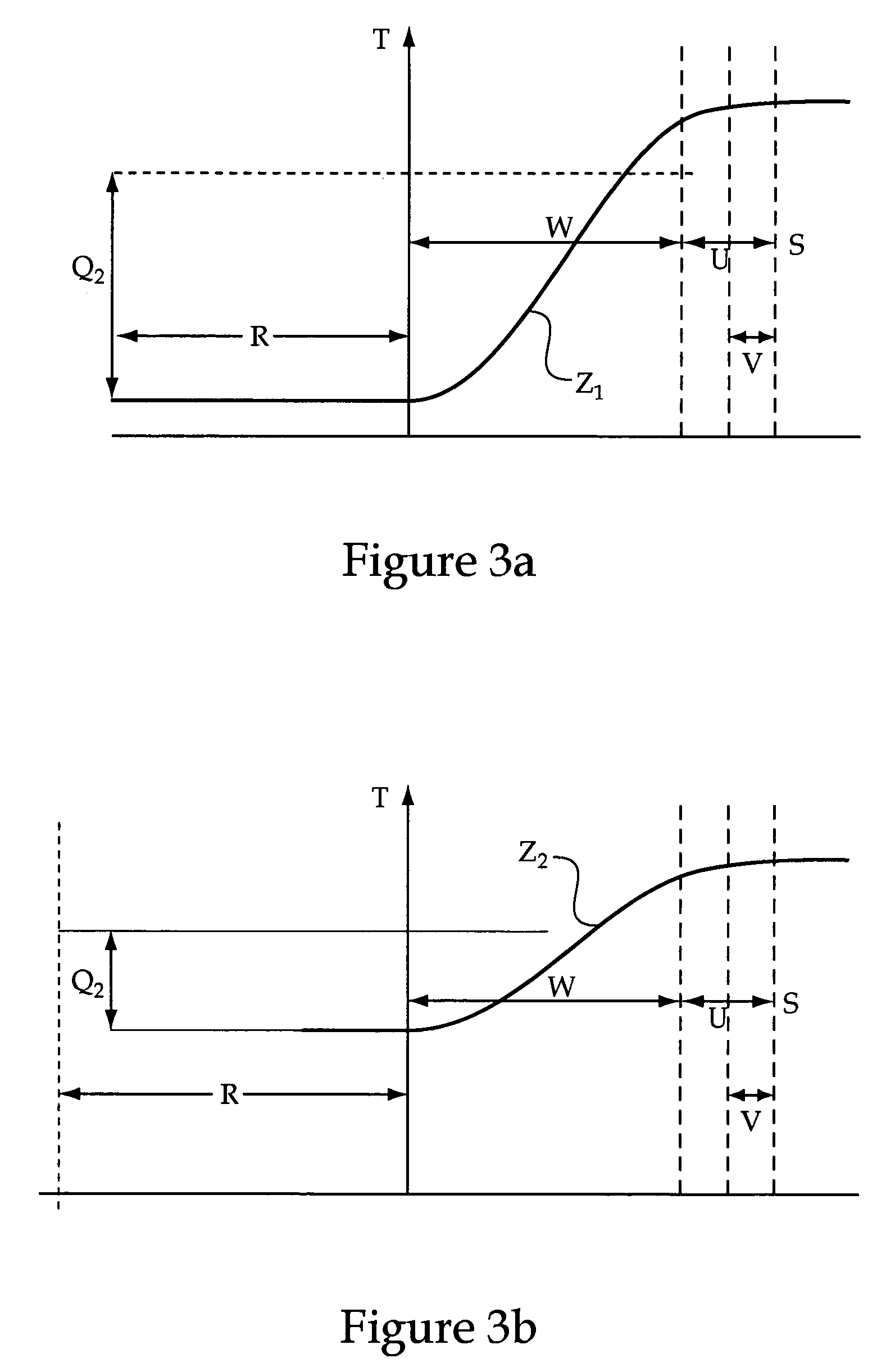Compression ignition initiation device and internal combustion engine using same
a technology of compression ignition and ignition initiation device, which is applied in the direction of machines/engines, output power, electric control, etc., can solve the problems of limiting the leanness of the fuel and air mixture, the inability of many hcci engines to operate across a portion of their theoretical load range, and the rapid heat release of conventional engines
- Summary
- Abstract
- Description
- Claims
- Application Information
AI Technical Summary
Benefits of technology
Problems solved by technology
Method used
Image
Examples
Embodiment Construction
[0015]Referring to FIG. 1, there is shown a partially sectioned side view of an engine 10 according to the present disclosure. Engine 10 includes a housing 12 having at least one cylinder 18, for example, a plurality of cylinders disposed therein. A piston 14 is moveably positioned within each cylinder 18, and connects with a crankshaft 16 via a rod 15. A first gas exchange valve 22, and a second gas exchange valve 24 are typically disposed in housing 12, and operable to control exhaust and intake of each respective cylinder 18 in a conventional manner. By controlling the opening / closing timings of valves 22 and 24, the compression ratio within each cylinder 18 may also be varied, as is well known in the art.
[0016]A fuel supply 40 connects with housing 12 via a primary fuel supply line 41. A fuel reformer 50, described herein, may also be connected with fuel supply 40 and with engine housing 12 via a secondary fuel supply line 51. A compression ignition initiation device 20 will typ...
PUM
 Login to View More
Login to View More Abstract
Description
Claims
Application Information
 Login to View More
Login to View More - R&D
- Intellectual Property
- Life Sciences
- Materials
- Tech Scout
- Unparalleled Data Quality
- Higher Quality Content
- 60% Fewer Hallucinations
Browse by: Latest US Patents, China's latest patents, Technical Efficacy Thesaurus, Application Domain, Technology Topic, Popular Technical Reports.
© 2025 PatSnap. All rights reserved.Legal|Privacy policy|Modern Slavery Act Transparency Statement|Sitemap|About US| Contact US: help@patsnap.com



